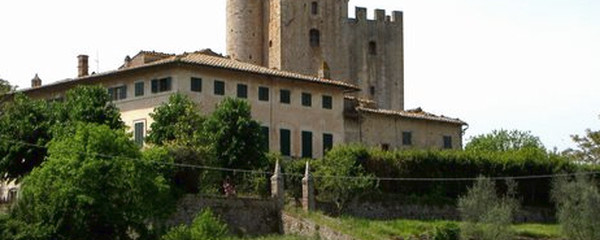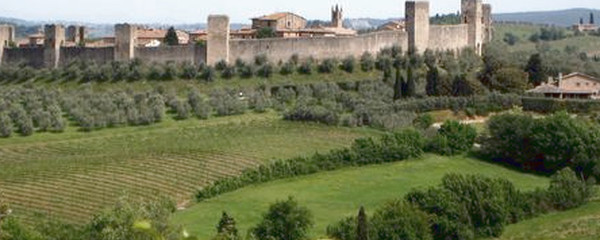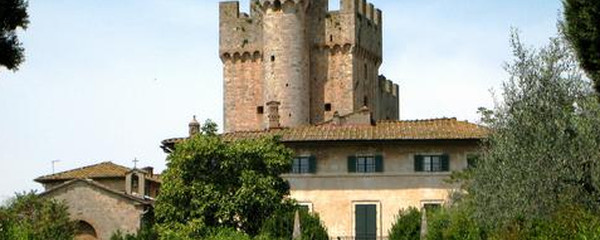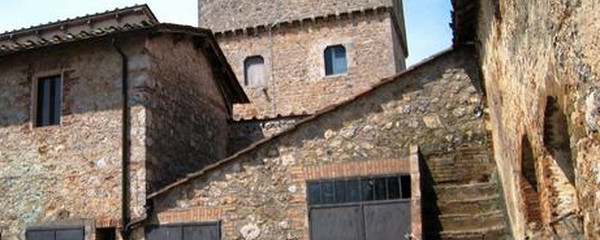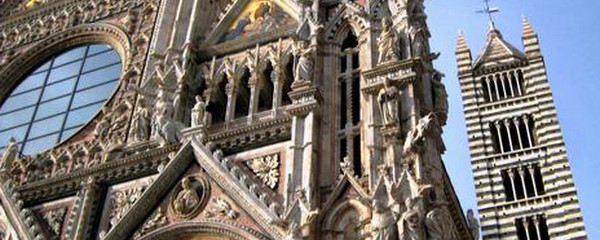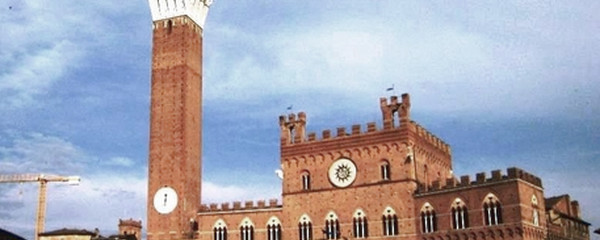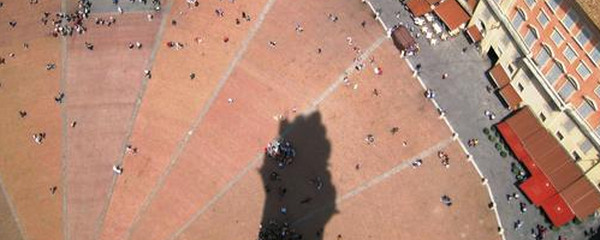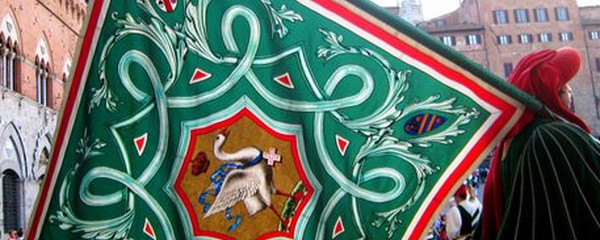Navigation

Monteriggioni von Süden

Siena, Castello della Chiocciola
The history of Siena goes back to Romulus and Remus, the roman twins who are said to have been nursed by a she-wolf. Senius, a son of Remus, has given his name to Siena. This transmission is also the reason for the she-wolf in the Siena emblem.
Siena experienced its best economic period between 1287 and 1355, when an alliance of 9 merchant families controlled the destinies of Siena, excluding any aristocrats. This period came to an end starting 1348, when the 'Black Death' killed more than half of the Siena inhabitants.

Siena: Castello di Villa
Among the many highlights of Siena, let's mention two of them. First, the «Piazza Il Campo», where the «Palio» takes place each summer, a competition on horseback between various fractions of the town, the competitors wearing historical costumes. As part of the Palazzo Publico on the same place , a tower of some 100 meters of altitude is open to the public and allows a breathtaking view over the Piazza and the city.

Siena: muschelförmige Piazza del Campo
Second, the cathedral where both the interior as well as the bell tower are built with black and white marble, which makes a tremendous impression.
Note(s)
The «Via Francigena» is one of the 3 main christian pilgrimage trails of the Middle Ages, the main axis leading from Canterbury to Rome. This documentation currently covers the most frequented section from Lausanne to Rome.
Anmerkungen
Die «Via Francigena» ist einer der 3 christlichen Pilgerwege des Mittelalters, dessen Hauptachse von Canterbury in England nach Rom führt. Diese Dokumentation umfasst vorerst den Abschnitt von Pontarlier nach Rom.
Tipp des Autors
Die Etappen sind in dieser Dokumentation Vorschläge, die jeder Pilger seinen Wünschen anpassen kann. die technischen Daten betreffen aber immer die Annahme, diese Etappen würden jeweils an einem Tag absolviert.
Orte entlang des Weges
Monteriggioni - Fosso di Vallerosa - Fosso Maestro di Pian del Lago - La Chiocciola - La Villa - Le Tre Madonne - Convento Vecchio - Le Coste - Poderuccio - Marciano - Palazzo dei Diavoli - Parrocchia S. Petronilla - Saint Pietro Alla Magione - Siena

